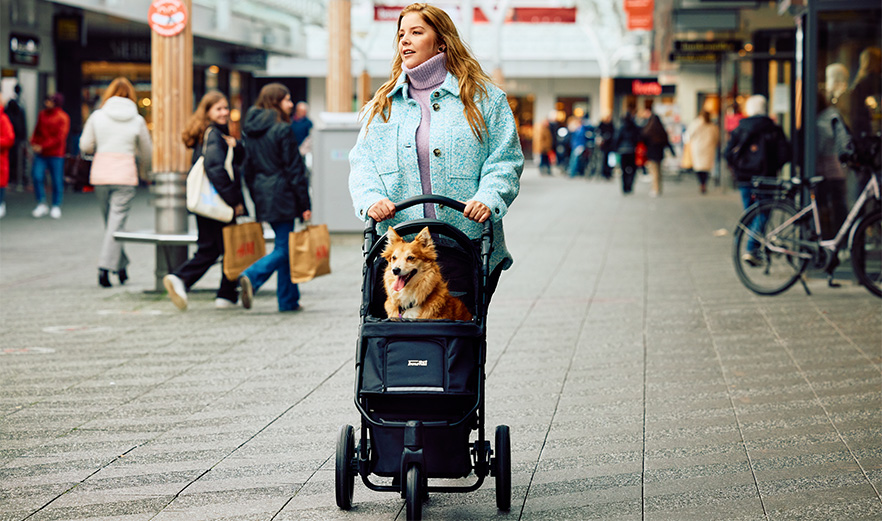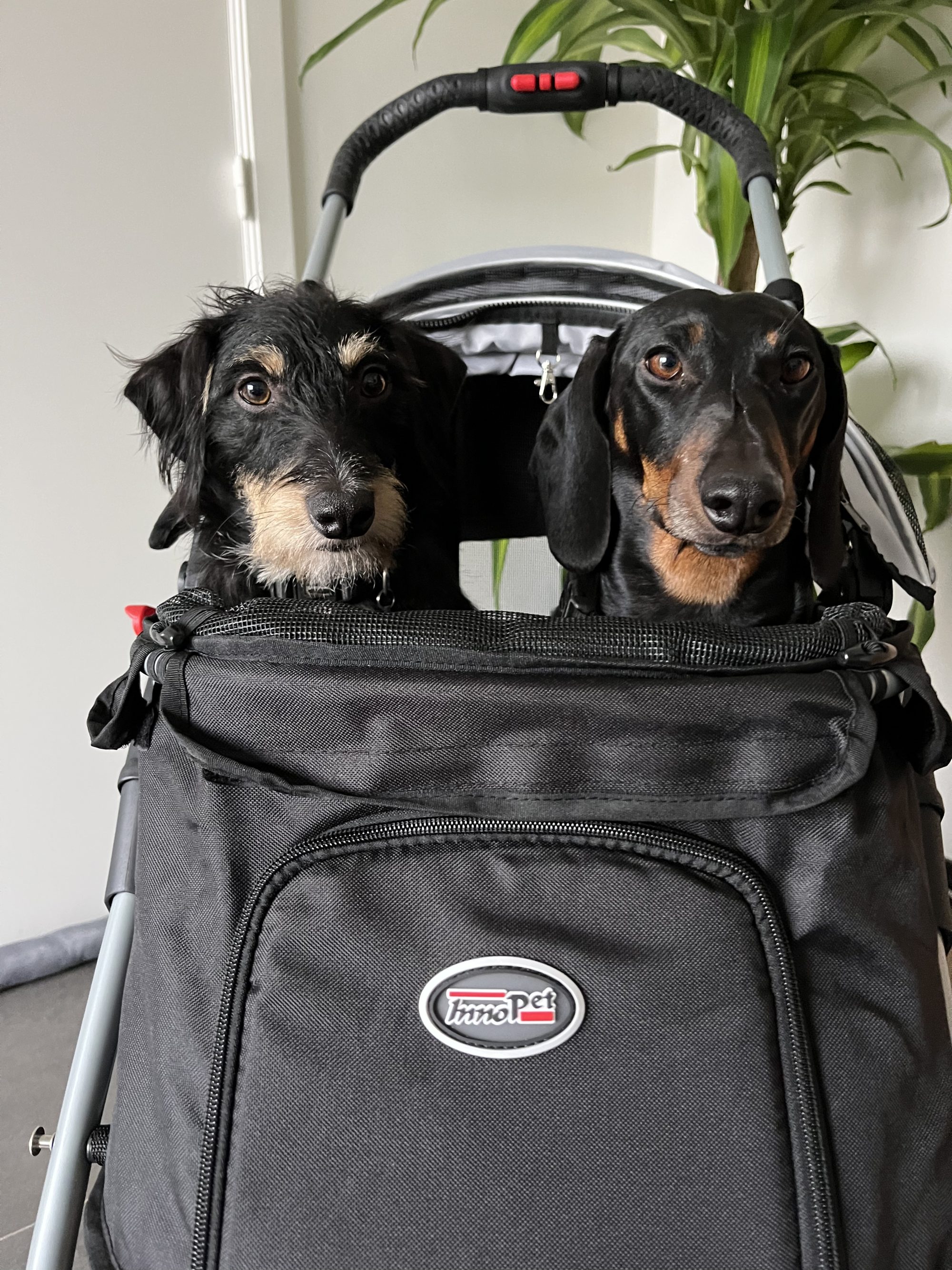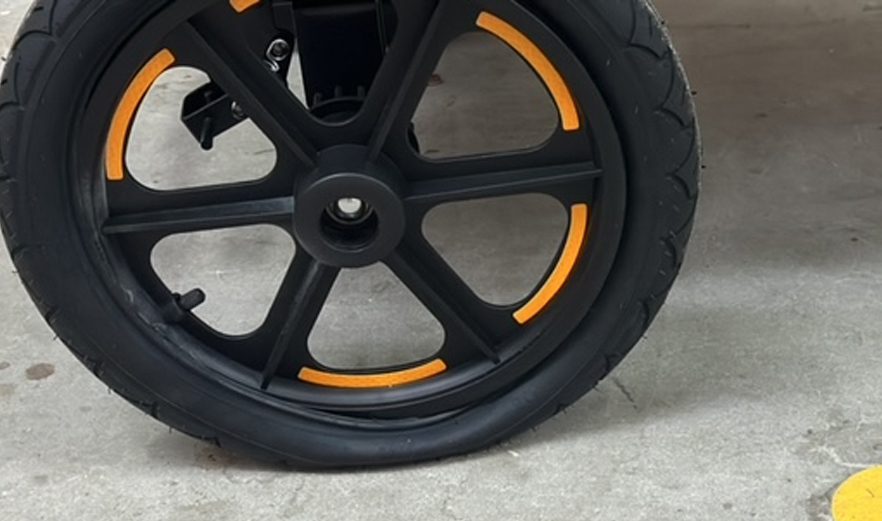Old dogs and pups
An aging dog may get a little slower. Just like us humans, their physical well-being decreases. The aging dog’s muscles get stiff, and they do no longer have the energy they had some years ago. Old dogs can no longer walk the great distances they were used to. But getting tired quickly is not just an affliction of old dogs. Puppies, too, tire much faster than you would think. They may look like these furry balls of energy while playing. But, just like a human child, puppies need to sleep a lot. Their energy reserve is quite limited. This may not seem like a mobility issue to some. We’ll talk again when your pup fell asleep halfway through your walk, and you have to carry him or her home.
Dogs with injuries
Unfortunately, accidents happen. Injuries like bone fractures can keep your dog off his feet for several weeks if not months. Sometimes it even results in permanent damage. A plaster cast may hinder a dog in his daily routine and outdoor walks. Ligament tears, too, may cause difficulty in movement by causing instability in joints.
Obesity in dogs
Obesity in dogs is not uncommon. It is not considered healthy, though. Obese dogs often have less energy than healthy dogs. The excess weight puts strain on the dog’s joints, which can lead to reduced mobility. Obesity may even lead to the dog developing arthritis.
Joint diseases in dogs
Osteoarthritis is a condition where the cartilage around the joints wears down. This leads to pain and decreased mobility. Osteoarthritis is common in older dogs and certain dog breeds like Labradors. Another common joint disease is Hip Dysplasia. Hip and elbow dysplasia is common in breeds like German Shepherds, Bulldogs, Pugs, and Labrador Retrievers. Dysplasia is caused by the joint not developing properly and results in instability, lameness, pain, and often arthritis.
Why is your dog sitting in a stroller, can’t he walk?
Spinal conditions in dogs
In Dachshunds, IVDD is a common disease. Intervertebral Disc Disease (IVDD) affects 25 percent of Dachshunds, which is almost two times more than other dog breeds. IVDD puts pressure on the spinal cord of the dog. This pressure causes pain, difficulty walking, and even paralysis. Degenerative Myelopathy, too, affects the spinal cord. This progressive disease leads to weakness and loss of coordination in the hind legs.
Other causes of reduced mobility in dogs
There are many reasons a dog may experience difficulty walking. Cancer, neurological conditions, muscle and tendon issues, congenital or development issues, and infections may all be causes of reduced mobility in dogs. Mobility issues can result from a combination of factors and accurate diagnosis by a veterinarian is crucial to determine an underlying cause and appropriate treatment options.
Why is your dog in a stroller?
Next time you see someone walking with a dog in a stroller, you know the reason. Their dog might not be able to walk. If you are a dog owner who uses a dog stroller, help educate people on why you or your dog need one. The reason your dog is in a stroller may not even be related to health issues. Whatever the reason is, your reason is a good reason.
Discover the dog pram and find one that suits your needs best.













